Author Melissa Berg is back with a look at how mixing genres can be an invaluable tool that every writer should have. She will look at three ways different stories have used this technique. If you like Melissa’s article, you can read more by her —> HERE.
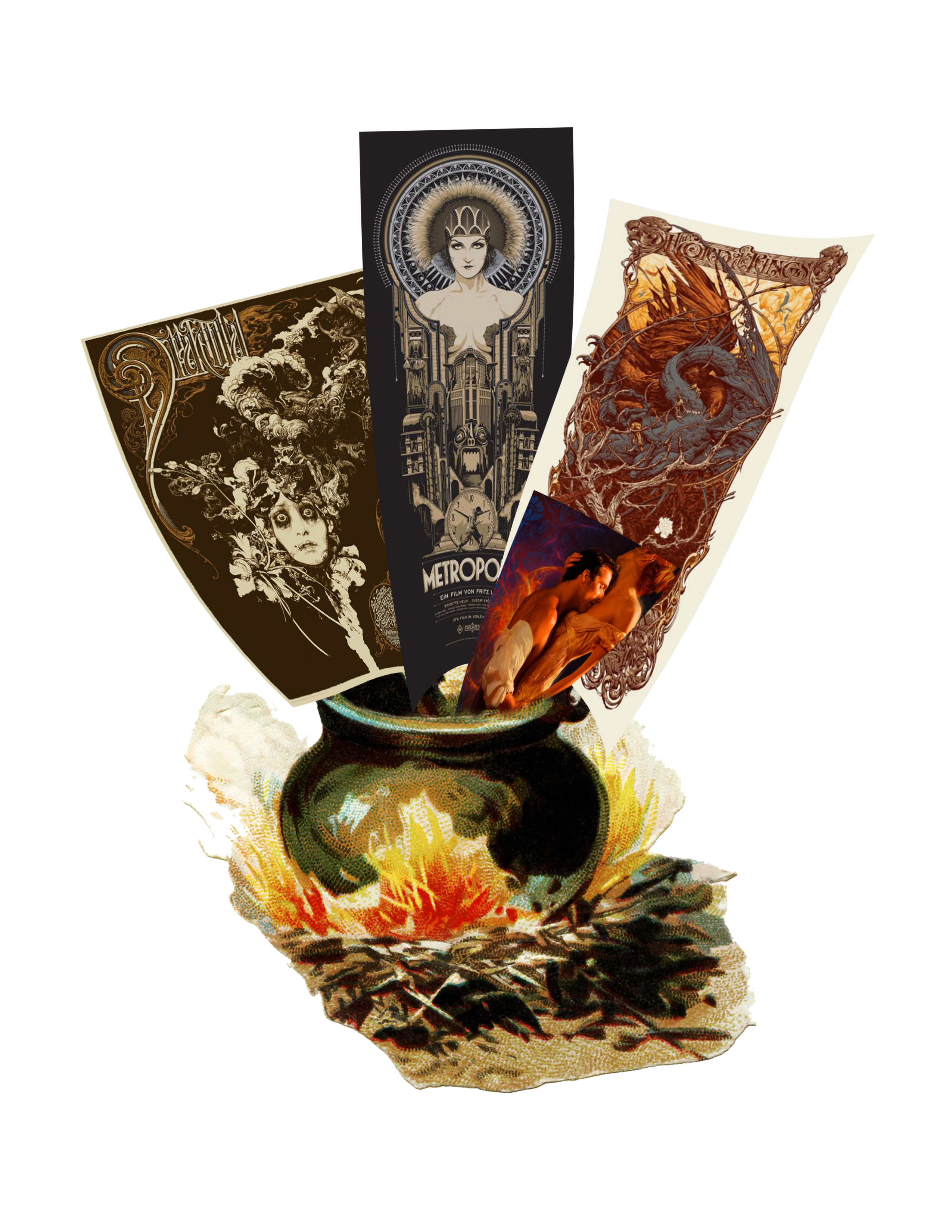 Mixing genres is nothing new. It’s not a newfangled tactic or gimmick to garner or fool readers, or even the writer’s attempt to ford a new path through untried waters. Merging genres has been around since at least the later 20th century, maybe even longer. It has definitely become common in our modern and more story-savvy times. Thanks to film, the exploration of storytelling and finding new ways to create worlds and weave richer and more emotionally satisfying plots has become the real challenge.
Mixing genres is nothing new. It’s not a newfangled tactic or gimmick to garner or fool readers, or even the writer’s attempt to ford a new path through untried waters. Merging genres has been around since at least the later 20th century, maybe even longer. It has definitely become common in our modern and more story-savvy times. Thanks to film, the exploration of storytelling and finding new ways to create worlds and weave richer and more emotionally satisfying plots has become the real challenge.
Merging genres is the best way to add depth and emotion and even surprise to any story. Sometimes it’s more subtle, a dipping of the story paintbrush into another color now and then; other times it’s bold and stark and is enough to make booksellers/publishers pull out their collective hairs trying to designate what shelf a given story should be categorized onto. With online stores, space is not as big of an issue, but traditionally, publishers still want to have an obvious pigeonhole to fill. And, even if they don’t realize it, so do readers. They look in places that are familiar, so as a rule (and yes, I know rules in writing are meant to be broken) it’s still good practice that you choose a proper genre label, preferably the category that the highest percentage of your story fits. Even if you don’t like having to label it one thing or the other, it still makes the publisher’s job easier, thereby making it easier for your audience to find you. And that, in the end, is the eventual goal.
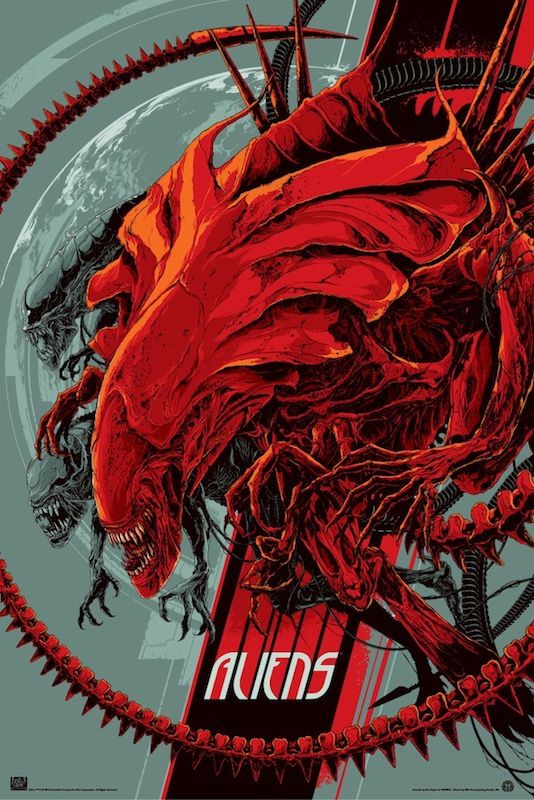 Let’s look at some popular stories. Since film is where I draw my biggest inspiration, I’m going to talk about stories in movies and television. And because we love to organize everything into neat little piles, I’ll break them down into three categories: Stories that could swing either way; Stories that are more subtle in their mixing, along with how and why their genre usage was successful while for others it might have been their biggest downfall; And those that could have easily pulled in another genre but chose not to.
Let’s look at some popular stories. Since film is where I draw my biggest inspiration, I’m going to talk about stories in movies and television. And because we love to organize everything into neat little piles, I’ll break them down into three categories: Stories that could swing either way; Stories that are more subtle in their mixing, along with how and why their genre usage was successful while for others it might have been their biggest downfall; And those that could have easily pulled in another genre but chose not to.
Note: SPOILERS BELOW!
Stories that could easily fit into more than one genre category
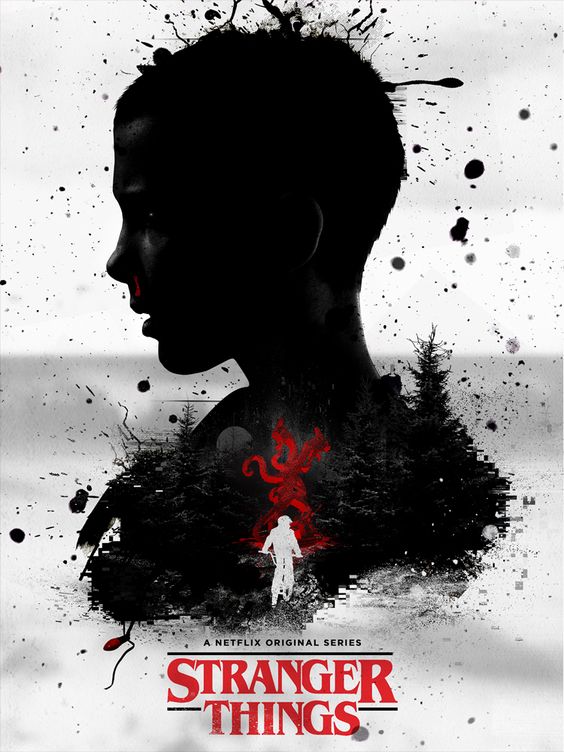 Stranger Things – Is it Horror or Science Fiction? And by the way, if you haven’t seen this show by now, then it’s either because you live under a rock or you don’t have a Netflix account. If you do have access, then… Watch it!! Any self-respecting lover of genre fiction can’t afford not to see this show! Okay, now back to our regularly scheduled article.
Stranger Things – Is it Horror or Science Fiction? And by the way, if you haven’t seen this show by now, then it’s either because you live under a rock or you don’t have a Netflix account. If you do have access, then… Watch it!! Any self-respecting lover of genre fiction can’t afford not to see this show! Okay, now back to our regularly scheduled article.
It could easily be either, and here’s why:
The science fiction aspect—This is clear and some of it is even based on fact: Government agency (CIA) secretly experimenting on subjects using LSD, with the goal of creating super soldiers in the 60s—as crazy as it sounds, this is actually the part that is fact. The fiction here is that one of the patients gave birth to a girl who has the ability to control objects with her brain through ESP and telekinesis. (Talk about expanding your mind, man…) They fake the baby’s death and steal her away to use her for their still secretly ongoing experiments. While trying to find ways to use her abilities to spy on Russia (this takes place during the Cold War era of the 80s), she inadvertently opens a rift into another dimension and frees a monster into ours.
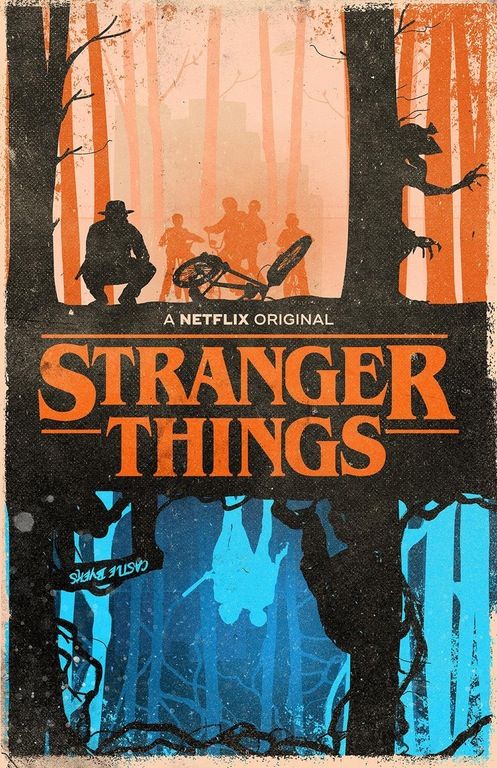 The horror aspect—The monster has escaped into our dimension, and is now actively hunting people to be used as hosts for its offspring. A boy is the first to go missing. His friends decide to go looking for him, and instead of finding him they find Eleven, the girl who had set the demon loose. While in a parallel story arc, his brother goes searching for him, with the help of a girl who is trying to find out what happened to her best friend. (Poor Barb, no one else seems to care about her… I wonder what the Duffer Brothers have against Barb anyway?) They end up finding their way into the Upside Down—the dimension the monster is from—while the monster continues to hunt anyone who gets close (or might be bleeding heavily from a cut on their hand). The Upside Down is dark and creepy and dead, and they even find Xenomorph-like eggs that have already hatched. The monster can show up anywhere at any time as he jumps between worlds, and the lights are continuously blinking on and off, while everyone’s flashlights are characteristically dim. If that doesn’t spell horror…
The horror aspect—The monster has escaped into our dimension, and is now actively hunting people to be used as hosts for its offspring. A boy is the first to go missing. His friends decide to go looking for him, and instead of finding him they find Eleven, the girl who had set the demon loose. While in a parallel story arc, his brother goes searching for him, with the help of a girl who is trying to find out what happened to her best friend. (Poor Barb, no one else seems to care about her… I wonder what the Duffer Brothers have against Barb anyway?) They end up finding their way into the Upside Down—the dimension the monster is from—while the monster continues to hunt anyone who gets close (or might be bleeding heavily from a cut on their hand). The Upside Down is dark and creepy and dead, and they even find Xenomorph-like eggs that have already hatched. The monster can show up anywhere at any time as he jumps between worlds, and the lights are continuously blinking on and off, while everyone’s flashlights are characteristically dim. If that doesn’t spell horror…
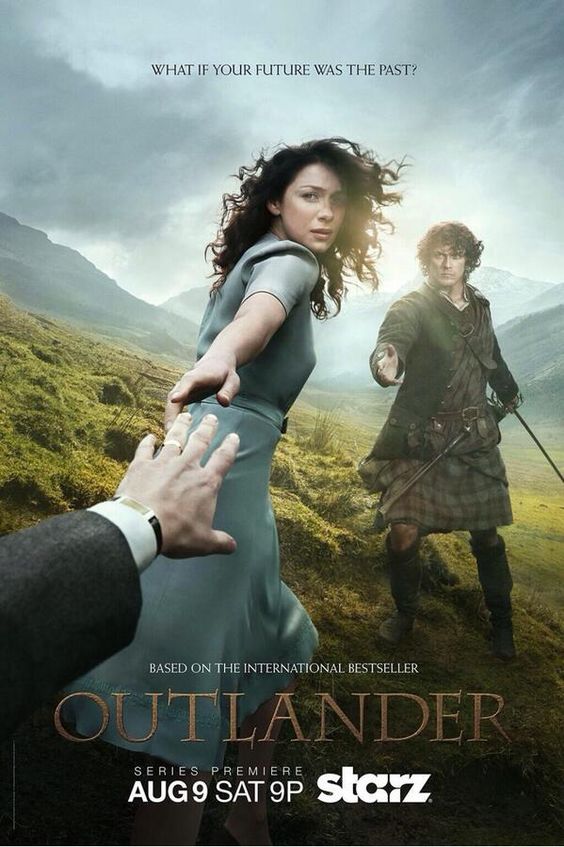 Outlander – Is a show that, as a book series, gave the publisher some problems in trying to categorize it. Depending on the store, it could have been in one of three areas: Historical Romance, Fantasy, or Paranormal Fiction. Where do you think it belongs?
Outlander – Is a show that, as a book series, gave the publisher some problems in trying to categorize it. Depending on the store, it could have been in one of three areas: Historical Romance, Fantasy, or Paranormal Fiction. Where do you think it belongs?
Historical Romance is probably the most prevalent aspect of this plot. Claire, a 1940s combat nurse during WWII, is content and in love with her husband, Frank Randall. When the war ends they decide to take a second honeymoon to Scotland to reconnect. Frank is a professor of history, and also interested in tracing his own genealogical roots to find out more about a prominent ancestor of his. While visiting historical sites they ‘reconnect’ quite often, proving that theirs is still a blissful marriage. On one afternoon, while Frank decides to visit with his long time friend for more discussion and research, Claire, bored and wanting to get some fresh air, tells him that she’s going to go back to one of their locations to find a certain type of flower she had seen there(she has an interest in botany and medicinal herbs—which proves to be quite a convenient hobby). The location is a circle of stones called Craigh na Dun.
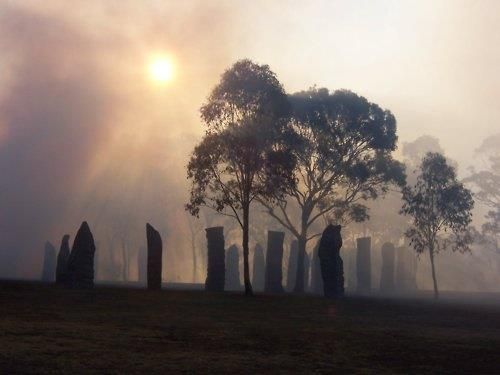 While there—and here’s the paranormal or fantasy aspect—she hears a strange humming sound coming from the center stone. Wondering what it is, she goes to investigate and touches the stone. After a strange sensation of spinning and falling, she wakes up on the ground. Thinking it odd, she decides to head back to the car, only to find that it’s not there. She starts wandering, trying to find her way back to the road, and hears gunfire. She hasn’t realized it yet, but she has gone back in time two-hundred years to the year 1743. She is in the middle of a small skirmish between English soldiers and a band of Highland warriors. She runs into a ‘redcoat’ that looks exactly like her husband, who introduces himself none too gently, as Jack Randall. One of the Highlanders comes upon the scene and rescues her. Eventually, circumstances become such that to save her from Jack—he thinks she is a spy and his sadistic nature compels him to continue his aforementioned sexual harassment—she must marry one of the Highlanders, Jamie Fraser (really, it could be worse, I don’t know what she is complaining about here…). They fall in love, and as the battle of Culloden approaches—the real historical battle where the end to the Highland culture began—they try to hinder the Jacobite rebellion in order to avoid the battle altogether, where so many people they know and love will be killed.
While there—and here’s the paranormal or fantasy aspect—she hears a strange humming sound coming from the center stone. Wondering what it is, she goes to investigate and touches the stone. After a strange sensation of spinning and falling, she wakes up on the ground. Thinking it odd, she decides to head back to the car, only to find that it’s not there. She starts wandering, trying to find her way back to the road, and hears gunfire. She hasn’t realized it yet, but she has gone back in time two-hundred years to the year 1743. She is in the middle of a small skirmish between English soldiers and a band of Highland warriors. She runs into a ‘redcoat’ that looks exactly like her husband, who introduces himself none too gently, as Jack Randall. One of the Highlanders comes upon the scene and rescues her. Eventually, circumstances become such that to save her from Jack—he thinks she is a spy and his sadistic nature compels him to continue his aforementioned sexual harassment—she must marry one of the Highlanders, Jamie Fraser (really, it could be worse, I don’t know what she is complaining about here…). They fall in love, and as the battle of Culloden approaches—the real historical battle where the end to the Highland culture began—they try to hinder the Jacobite rebellion in order to avoid the battle altogether, where so many people they know and love will be killed.
As the series goes on, it jumps back and forth through history. So would this make it fantasy, paranormal, or strictly historical romance with elements of fantasy? You can see how this would trouble the occasional OCD nature of publishers who want ultimate control by putting everything into what they deem is one perfect category. As readers, we have expectations when we are shopping in a specific genre, if it falls out of that category’s tropes then we feel misled. Unfortunately, this is a problem that was created by the publishers themselves, by training us to need such strict labels in the first place.
Genre crossing that is invisible to the naked eye
Next are two stories that are clearly one genre over the other, but one was extremely successful in its use of crossing genres while the other, in no fault of its own, became its biggest downfall.
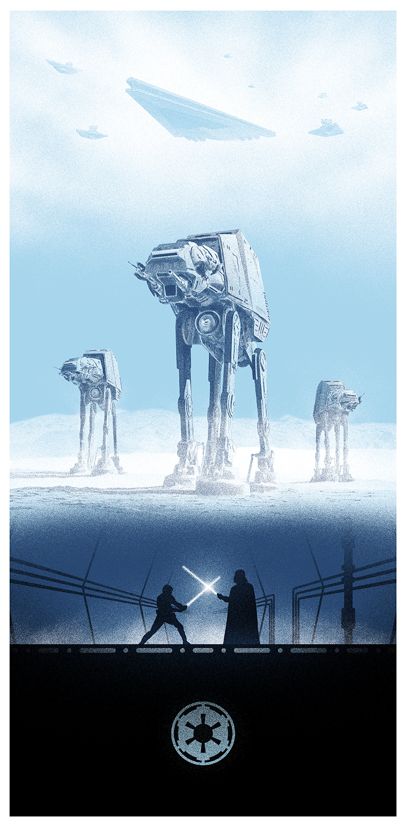 Star Wars – (I sure hope I don’t have to explain this plot to you) Is a huge example of crossing genres, yet it was done in a brilliantly subtle way. It is actually both Science Fiction and Fantasy. The science fiction is obvious: Space battles, robots, space ships, far away galaxies, etc. The more subtle aspect is fantasy. The religion of the Jedi and the use of the force as a power they can control—an energy within all living things—is truly the stuff of fantasy. It is magic, whether or not it can or should be explained by science. It also employs one of the most popular of plot structures in fantasy, the Joseph Campbell Hero’s Journey. By using this model Star Wars speaks to our hearts and our nature as human beings. Both ancient and modern stories alike have proven this model to be successful, as it nurtures our fears, struggles, and dreams at an emotional and even subconscious level.
Star Wars – (I sure hope I don’t have to explain this plot to you) Is a huge example of crossing genres, yet it was done in a brilliantly subtle way. It is actually both Science Fiction and Fantasy. The science fiction is obvious: Space battles, robots, space ships, far away galaxies, etc. The more subtle aspect is fantasy. The religion of the Jedi and the use of the force as a power they can control—an energy within all living things—is truly the stuff of fantasy. It is magic, whether or not it can or should be explained by science. It also employs one of the most popular of plot structures in fantasy, the Joseph Campbell Hero’s Journey. By using this model Star Wars speaks to our hearts and our nature as human beings. Both ancient and modern stories alike have proven this model to be successful, as it nurtures our fears, struggles, and dreams at an emotional and even subconscious level.
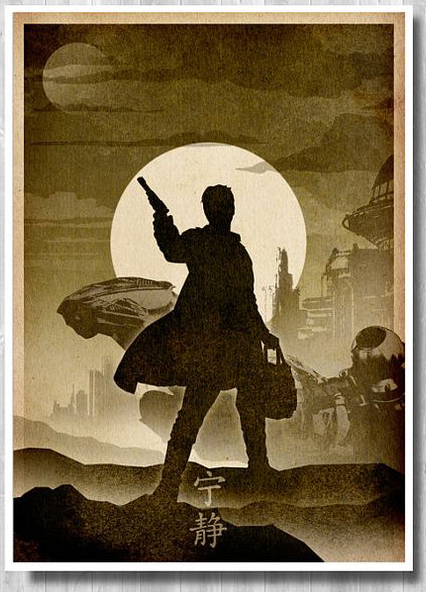 Firefly – This one used two different genres, even three, to tell its (yes, I’ll say it) ‘unfinished’ story. The Western, which is a great way to include new and uncharted frontiers to explore, along with pointing out the huge gap in social classes that a greedy government system could create. You have ‘common man’ settlers, given only a patch of land and a few animals to start with, on a planet or moon that is still barely survivable, juxtaposed with the rich, technologically advanced civilized planets, where their every need and whim is catered to. The science fiction is as obvious as the Western here, but the less obvious is the third genre that is more subtly mixed in—Horror. Look at the Reavers, mere scary monster tales along the fringes of space, according to those who live in the safe environments of the Alliance. They were created by not only the greed, but by the god-like entitlement a gap in social and power classes evolve toward, thanks to human nature. It is a non-sustainable world that has crumbled, and will crumble again, over and over from the fall of Rome to the Battle of Serenity. (Humans will never learn, it seems…) And just like the Alliance, the higher powers-that-be of the executives of the FOX network, couldn’t relate to or understand the lowly wants of the viewers. Just like publishers, they needed a pigeonhole to fill, an easy three word tagline that could draw viewers in, and ‘cowboys in space’ just wasn’t enough for them, because really it was so much more, but they weren’t willing to put in the effort and stoop to the level of the common man to fulfill their needs adequately. Even though mixing these two genres was amazing and innovative, it actually was a logical progression that answered the question: What would newly terraformed planets really be like?
Firefly – This one used two different genres, even three, to tell its (yes, I’ll say it) ‘unfinished’ story. The Western, which is a great way to include new and uncharted frontiers to explore, along with pointing out the huge gap in social classes that a greedy government system could create. You have ‘common man’ settlers, given only a patch of land and a few animals to start with, on a planet or moon that is still barely survivable, juxtaposed with the rich, technologically advanced civilized planets, where their every need and whim is catered to. The science fiction is as obvious as the Western here, but the less obvious is the third genre that is more subtly mixed in—Horror. Look at the Reavers, mere scary monster tales along the fringes of space, according to those who live in the safe environments of the Alliance. They were created by not only the greed, but by the god-like entitlement a gap in social and power classes evolve toward, thanks to human nature. It is a non-sustainable world that has crumbled, and will crumble again, over and over from the fall of Rome to the Battle of Serenity. (Humans will never learn, it seems…) And just like the Alliance, the higher powers-that-be of the executives of the FOX network, couldn’t relate to or understand the lowly wants of the viewers. Just like publishers, they needed a pigeonhole to fill, an easy three word tagline that could draw viewers in, and ‘cowboys in space’ just wasn’t enough for them, because really it was so much more, but they weren’t willing to put in the effort and stoop to the level of the common man to fulfill their needs adequately. Even though mixing these two genres was amazing and innovative, it actually was a logical progression that answered the question: What would newly terraformed planets really be like?
Staying close to the genre base
Some don’t mix genres at all even when they could. They follow the same rules as their forebears, whether it be the horror classics by Bram Stoker and Mary Shelly, or Edgar Allen Poe (Check out Penny Dreadful—on Showtime or Netflix—for a fun twist on these classic horror tales); the science fiction of H.G. Wells; or the epic fantasy that has birthed endless orcs and elves, made famous by J.R.R. Tolkien.
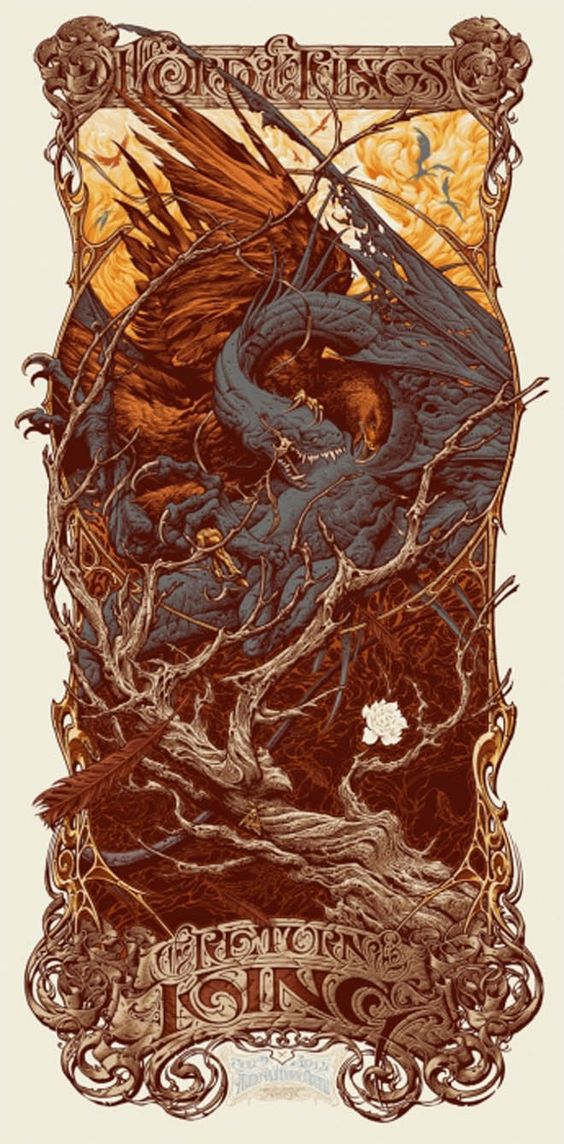
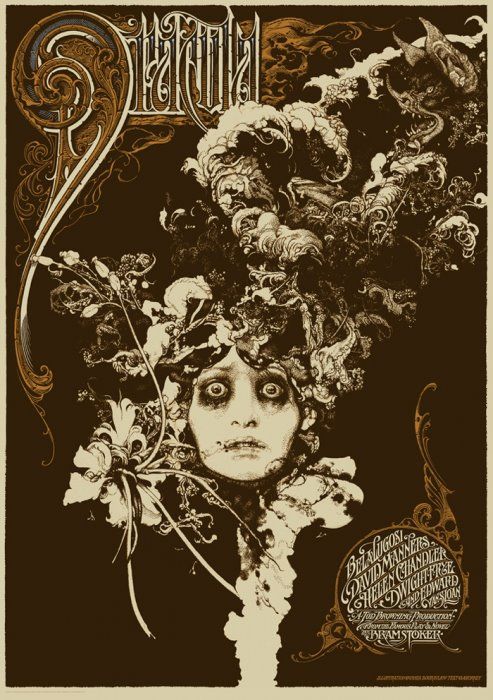
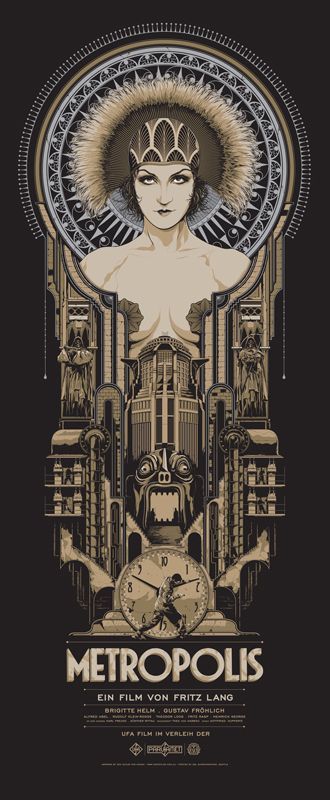
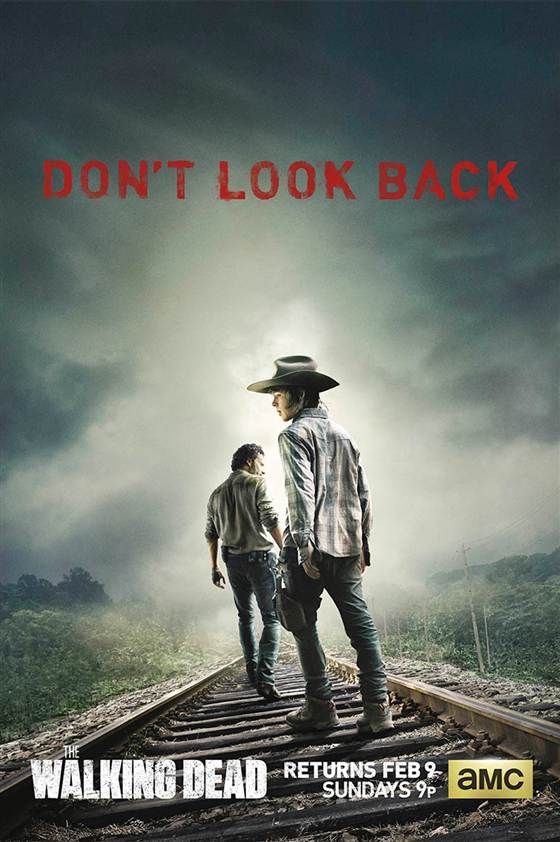 The Walking Dead – Is a modern take on what is clearly a post-apocalyptic horror. With the exception of one episode, they have never gone into the science of ‘why’ or ‘how’ the outbreak was started. The only time the writers explained the science of it was more to answer the question: How much of the walkers are still human, if any? And to point out that everyone is already infected. There is no other explanation than this because there doesn’t need to be. At this point, these facts have become irrelevant, and it has evolved into a story about the survival of life itself, along with the survival of the characters’ own humanity in a philosophical sense. The real question is: What makes a human, human?
The Walking Dead – Is a modern take on what is clearly a post-apocalyptic horror. With the exception of one episode, they have never gone into the science of ‘why’ or ‘how’ the outbreak was started. The only time the writers explained the science of it was more to answer the question: How much of the walkers are still human, if any? And to point out that everyone is already infected. There is no other explanation than this because there doesn’t need to be. At this point, these facts have become irrelevant, and it has evolved into a story about the survival of life itself, along with the survival of the characters’ own humanity in a philosophical sense. The real question is: What makes a human, human?
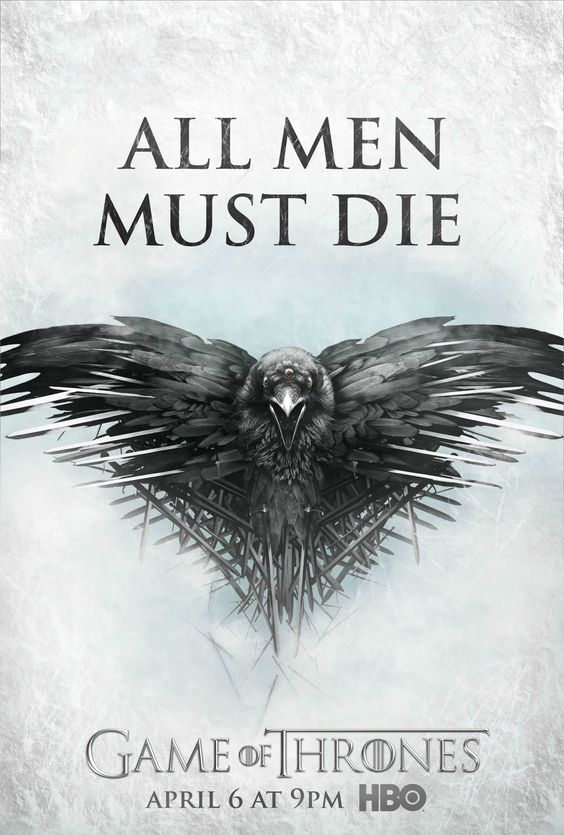
Game of Thrones – Is strict epic fantasy, it’s old school all the way, though it could easily jump into horror because of the White Walkers and the Wights—Zombie-like creatures created by the White Walkers from the corpses of the fallen. As creepy as they are, they do not scare us in the traditional sense of the horror genre. Sure monsters are in horror, monsters are in fantasy, but it is how they are written that pushes them into one category or another. Maybe this will change as we approach their impending take-over of Westeros, where the creepy tropes of monster hunting with dimly lit torches in dark, abandoned castles or caves becomes the norm. If the camera angle switches to a close-up of an unnamed, idiot character as he slowly backs up toward a darkened corner just before the obvious jump-scare… Then yes, they have gone the way of horror.
There are no rules for crossing genres, it is a fun and refreshing way to surprise your readers. If you want to stick to strict fantasy, yet want a deeper more fulfilling moment of suspense, then add that element of horror. Look at what scares you most in both horror movies and literature. Lots of blood and slashing knives and/or chainsaws is not really frightening, it’s the psychological thrillers that are more chilling, along with the slow build up to… nothing, before the actual build up to a really good reveal. In my epic fantasy story I like to add small scenes that use horror elements because the pay off is even more satisfying. Also, and because I’m a sucker for a good love story, I use romance to build up another kind of tension between two, or even three, characters. It’s a human need and part of everyone’s existence (unless you’re Sherlock Holmes, apparently) If this part of their persona is missing, then your characters might feel a little flat. It doesn’t have to be trashy romance, just a real and natural evolution of any good relationship. Yet by paying attention to romance stories that have worked and are popular today, you are tapping into a side of human nature that is relatable and even wish fulfillment in some way. One other genre I jump into briefly, is science fiction. How dare I? It’s epic fantasy! Remember, you are writing for a genre-savvy, modern audience. If a moment comes up and it can be explained by science, even if your characters don’t understand, your readers will. Maybe it’s the actual world your characters live in that’s the scientific part, maybe it’s the magic… maybe it’s even how they came to have magic in the first place. It’s not surprising our own culture is riddled with the belief that ancient aliens came down from the stars and either made us or gave us our ability to think beyond the rest of the creatures on our planet. The same can be true for the world you create. No one said there can’t be a why or how to that world. By answering those questions, you only give it a richer and more intriguing history, with questions and plot lines that could be explored later.
Above all, have fun, and don’t follow the rules of any one genre. In the end, it’s your world, your vision, and you can make it whatever you want it to be.
***
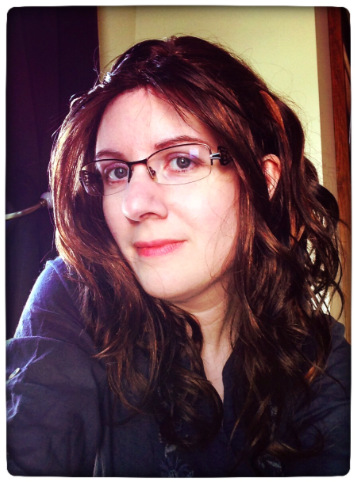 Melissa Berg is the author of the Shifting Balance Series, which has been her passion for the past ten years. She also works as an illustrator and studied art and design at Madison Area Technical College in Madison, Wisconsin. When she isn’t writing or painting or entertaining her son, she is pursuing the art of 3D computer illustration/animation, as a side project and to feed her fascination in the ever-expanding medium used for storytelling. She currently lives in Minnesota with her husband, young son, and a crazy Border Collie.
Melissa Berg is the author of the Shifting Balance Series, which has been her passion for the past ten years. She also works as an illustrator and studied art and design at Madison Area Technical College in Madison, Wisconsin. When she isn’t writing or painting or entertaining her son, she is pursuing the art of 3D computer illustration/animation, as a side project and to feed her fascination in the ever-expanding medium used for storytelling. She currently lives in Minnesota with her husband, young son, and a crazy Border Collie.
Check out my website or join my mailing list for further updates: http://theshiftingbalance.com
‘Like’ my pages on FaceBook: https://www.facebook.com/theshiftingbalance/
https://www.facebook.com/Melissa-Berg-Illustration-334413330053966/
Follow me on Twitter: @WhimzicalMusing


This is awesome, Melissa! Thanks for adding to our topic with this comprehensive tour of genre mixing. I started watching Firefly a few weeks ago and I just love it! Actually, a little secret: science fiction is my biggest inspiration as a fantasy writer.
Thanks John! We’ve watched Firefly so many times in this house… It was a huge influence in my writing too. My son and I had a great close up encounter with Nathan Fillion, a moment we will never forget. Ask me about it sometime ?
Great article, very interesting! Mixing genres can bring some really strange and unusual resonances. Actually, the thing that sprang to mind (and it’s going to be a film now as well as – I hope – a Tv series – is The Dark Tower. Can’t wait for that.
Thanks Jamie! I hope the Dark Tower TV/movie lives up to the books. Tho I have to admit, that one is on my need to read list. So many books so little time! 😉
Loved this. It represents the journey I’ve been on for years as both a reader and a writer.
Glad to hear it! Thanks Ontyre, and what a fun, crazy, fulfilling journey it is 😉
Pingback: Mixing Fantasy and Other Genres – K.E. Madsen | John Robins Blog